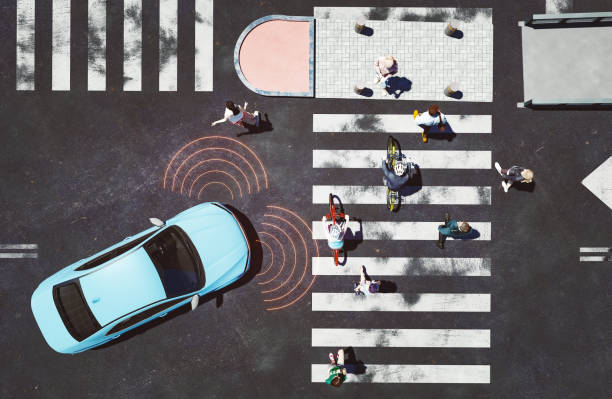Unmasking the Potential of LiDAR Technology: A Leap Towards the Future
LiDAR, short for Light Detection and Ranging, is an exciting technology that's been quietly revolutionizing various fields, from archaeology to autonomous vehicles. By bouncing laser beams off objects and measuring the time it takes for the light to return, LiDAR sensors can create highly accurate 3D maps of the environment. This piece will unmask the potential of LiDAR technology, tracing its historical roots, discussing its current applications, and projecting its future impact on society.

The Origins of LiDAR Technology
The foundations of LiDAR technology can be traced back to the invention of the laser in the 1960s. However, it wasn’t until the 1980s that LiDAR began to be used for topographical mapping purposes. The system was initially bulky and expensive, limiting its practical applications. However, advancements in lasers, sensors, and computing power over the years have made LiDAR more compact, precise, and affordable.
LiDAR in the Modern World
Today, LiDAR technology is used in a wide range of applications. In archaeology, it’s used to uncover hidden structures and landscapes beneath dense vegetation, leading to groundbreaking discoveries. In forestry, LiDAR helps in estimating biomass and carbon stocks. The technology has also found applications in meteorology, where it’s used to track and predict weather patterns.
One of the most exciting applications of LiDAR is in the field of autonomous vehicles. Self-driving cars rely heavily on LiDAR sensors to navigate their environment safely. Tech giants such as Apple and Google have invested heavily in this technology, with the former even incorporating a LiDAR scanner in their latest iPad Pro and iPhone 12 Pro models.
The Future of LiDAR
The potential of LiDAR technology is vast. As the technology continues to evolve, we can expect even more innovative uses. For example, LiDAR could play a crucial role in the development of smart cities, helping to monitor traffic, infrastructure, and environmental conditions in real time.
Moreover, as LiDAR becomes more accessible, it’s likely to become a standard feature in consumer electronics. The incorporation of LiDAR in smartphones and tablets, for example, could revolutionize mobile gaming, augmented reality, and 3D modelling.
The market for LiDAR technology is projected to grow rapidly. According to a research report by Markets and Markets, the global LiDAR market is expected to grow from USD 1.1 billion in 2020 to USD 2.8 billion by 2025, at a Compound Annual Growth Rate (CAGR) of 20.7%.
In Conclusion
LiDAR technology is undoubtedly shaping the future of various industries, from autonomous vehicles to smartphone technology. As we move towards a more automated and digitized world, the role of LiDAR will only become more prominent. The journey of LiDAR, from its humble beginnings to its current heights, serves as a testament to the power of innovation and the endless possibilities of technology.
In the world of technology, the only constant is change. And as we continue to push the boundaries of what’s possible, technologies like LiDAR will continue to lead the way, lighting up the path towards an exciting and unimaginable future.




